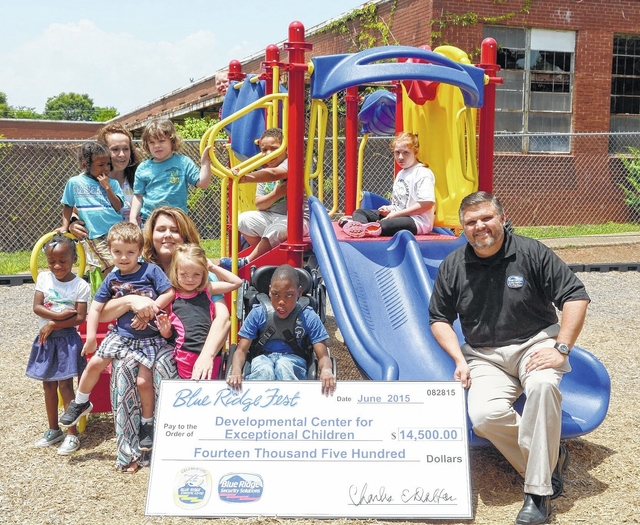
EASLEY — The U.S. Department of Agriculture has released the results of a study that shows more Supplemental Nutrition Assistance Program benefits are being used to make purchases at roadside farm stands, farmers markets and directly from local farmers than ever before.
And the trend is growing in Easley.
According to statistics provided by the USDA, the amount spent on fresh fruits and vegetables at local farmers markets increased six-fold between fiscal years 2008 and 2014 with some $18.8 million spent in 2014 alone. USDA’s initiatives to prompt the purchase of fresh produce are varied, but the purpose is clear.
“All Americans, including those participating in our nutrition assistance programs, need to include more fresh fruits and vegetables in their diet. America’s farmers have an important role to play in addressing that need in communities across the country,” Undersecretary of Agriculture Kevin Concannon said. “Accepting SNAP benefits also increases the customer base for local producers, adding an extra economic boost to the community.”
Locally the increase hasn’t been as marked as some would like, including the manager of Easley’s Farmer’s Market, Lisa Chapman.
“We’ve seen some increase in the number of customers using their SNAP benefits at our local market, though there aren’t as many as I think we would like to see, but there has been an increase of participation,” Chapman said. “Most of the increased participation is because of the Healthy Bucks Initiative we do in conjunction with the Department of Social Services through government grants.”
The Healthy Bucks Initiative is just one of the programs offered through USDA’s SNAP program.
Under this initiative, those using SNAP benefits receive incentives to purchase fresh fruits and vegetables where spending $5 on these items results in the receipt of an extra $10 for the purchase of more fresh produce.
So why aren’t more participating in the programs now available?
“I think a lot of it has to do with education and those who receive benefits not knowing what is actually available to them,” Chapman said. “We do all we can to get the word out there are some choices, including the extra credits for buying fresh vegetables and fruit, which is all this program applies to. We also try to make folks realize buying fresh produce from local growers instead of a big box store helps keep money local too.”
USDA’s numbers indicate in South Carolina, SNAP redemptions at farmers markets grew from $25,683 to $163,335 between 2008 and 2014, providing an economic boost to local communities in the state, while the number of farmers markets and direct marketing farmers increased from 21 to 93. It may be slow going but momentum and growth of the program may be seen.
In May, USDA announced an additional $3.3 million to aid farmer’s markets in serving SNAP benefits recipients.
The Easley Farmer’s Market will continue its weekly Saturday morning gatherings through Fall for the Arts Saturday on Oct. 3. In the meantime, there is still more on tap.
The July 4 edition of the market will feature fun, games, and education for kids. The market’s hours are from 8 a.m. to noon each Saturday.
According to Chapman, the Easley Fire Department will be on hand with games for the kids and plenty of water to beat the heat. Local firefighters will be providing children with challenges and what should prove to be a real crowd-pleaser, a remote controlled fire vehicle complete with fire dog.

